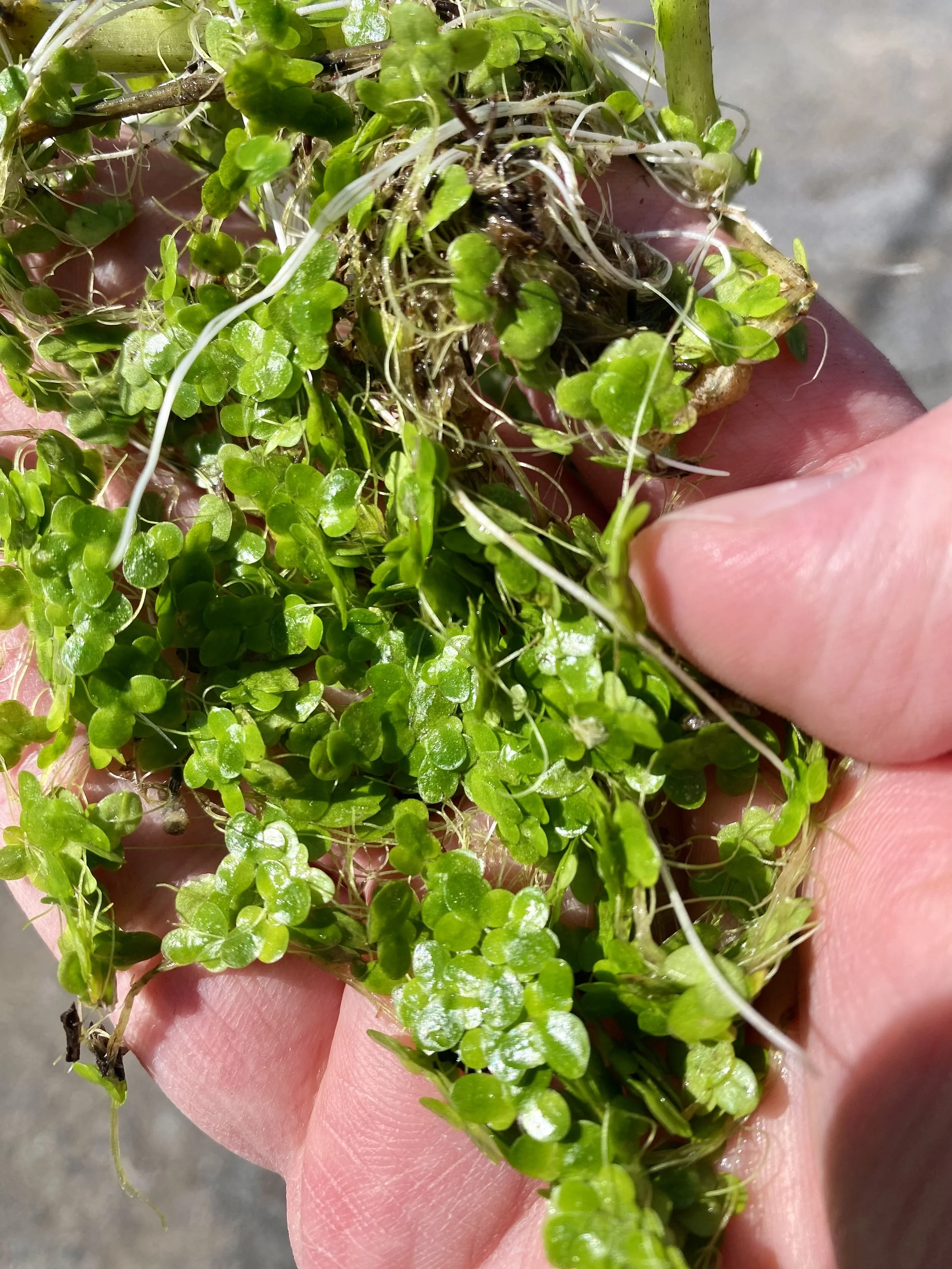Watercress and the witch
I remember well my mother and grandmother descending below the roadway to pick from the dense thicket of watercress. It was an annual tradition in the spring to get the plant at its most tender. Watercress grows lushly in clean springs throughout the Pennsylvania Dutch country. The plant is full of vitamins and, coupled with its peppery taste, was a great way for our ancestors to waken the body after a long winter. In 1777, General Peter Muhlenberg advised his troops at the winter encampment at Valley Forge to eat freely of the watercress, convinced of its healing properties.
Our watercress crop was in a cool spring that fed into Hosensack Creek along Limeport Pike. My grandparents rented a home there back in the 1930s. Far more interesting to us kids than picking watercress were the stories of the witch who lived next door. In my childhood “the witch’s house” looked the part — it was dilapidated, the shattered glass windows gave an ominous view into the dark interior. Each year, we waited anxiously to pass the witch’s house and see just how far into spookiness it was collapsing.
Watercress growing in a fresh spring near Hosensack Creek
Then one year the witch’s house was gone. It had burned to the ground, erasing its existence but from our memory. As we learned later, the elderly woman who lived there when my aunts and uncles were small was not a witch — just a recluse who didn’t want them playing in her yard. She wore a witch’s mask to frighten them away and so the family lore grew, captivating well into my generation, both afraid and intrigued by the witch whose memory loomed large over the annual watercress harvest.
Jairus (3 October 2025), The Bullfrog Inn
